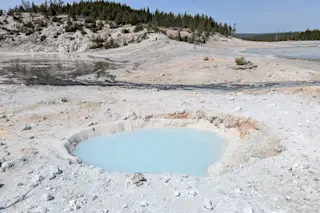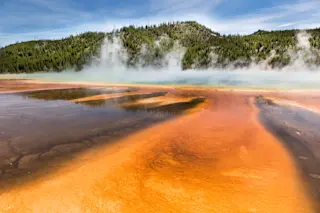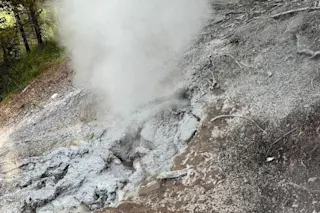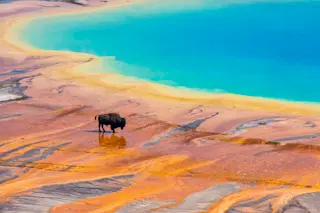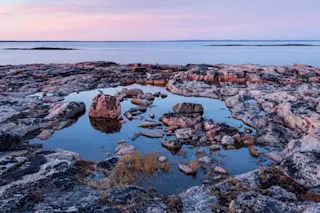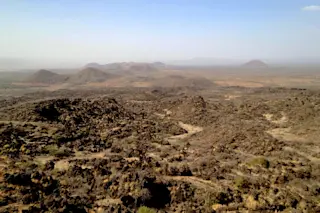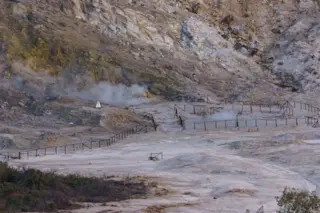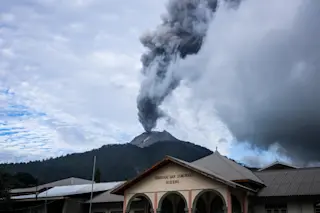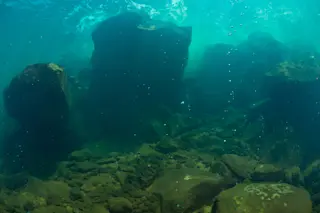An ancient eruption on the present day Greek island of Santorini devastated the Minoan people, possibly inspiring the myth of Atlantis. (Credit: Aleksandra H. Kossowska/shutterstock) A long-standing controversy over the date of a volcanic blast that possibly inspired the myth of Atlantis may have been resolved with the aid of ancient tree rings, a new study finds. One of the largest volcanic eruptions in the past 4,000 years burst from the volcano Thera on what is now the Greek island of Santorini. The catastrophic eruptions spewed forth about 40 to 60 cubic kilometers of lava, devastating the ancient seafaring Minoan civilization, potentially inspiring the legend of the lost city of Atlantis. The effects of this eruption were felt as far away as Egypt and Turkey. And by pinpointing when this eruption happened, scientists might have a way to tie together the timelines of ancient Greece, Egypt, Turkey and the rest ...
New Date For Greek Eruption That May Have Inspired Atlantis Myth
Discover how new radiocarbon dating techniques shed light on the volcanic eruption Santorini that may have inspired Atlantis.
More on Discover
Stay Curious
SubscribeTo The Magazine
Save up to 40% off the cover price when you subscribe to Discover magazine.
Subscribe


